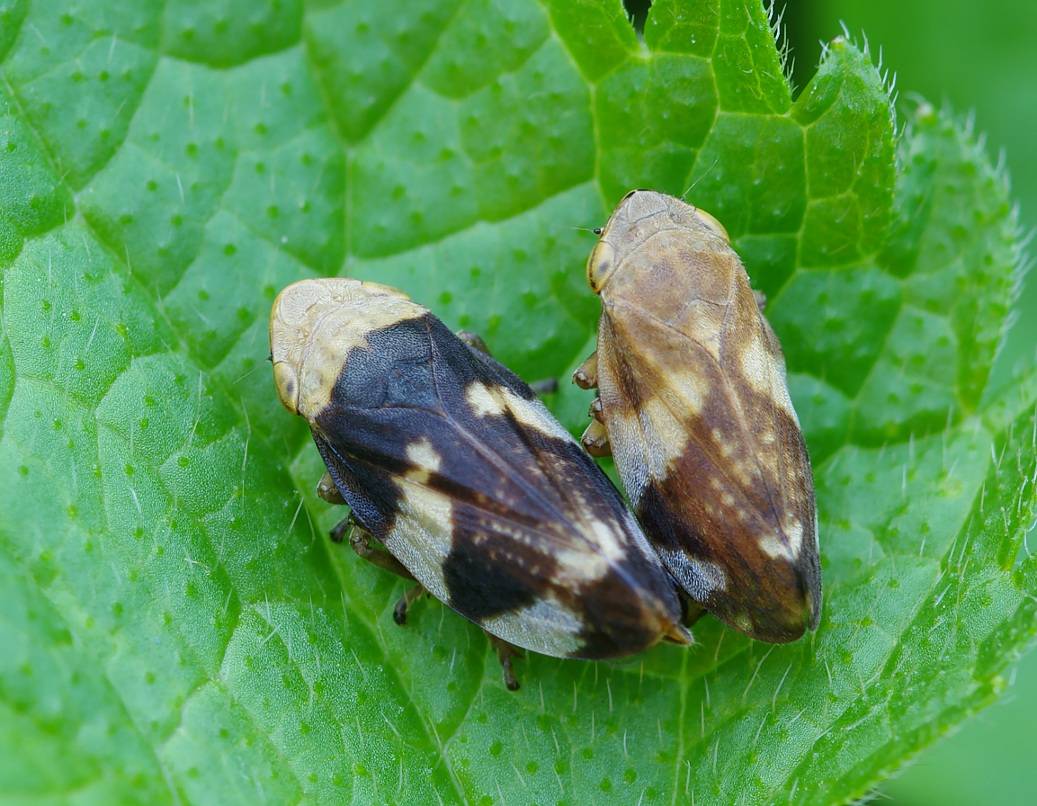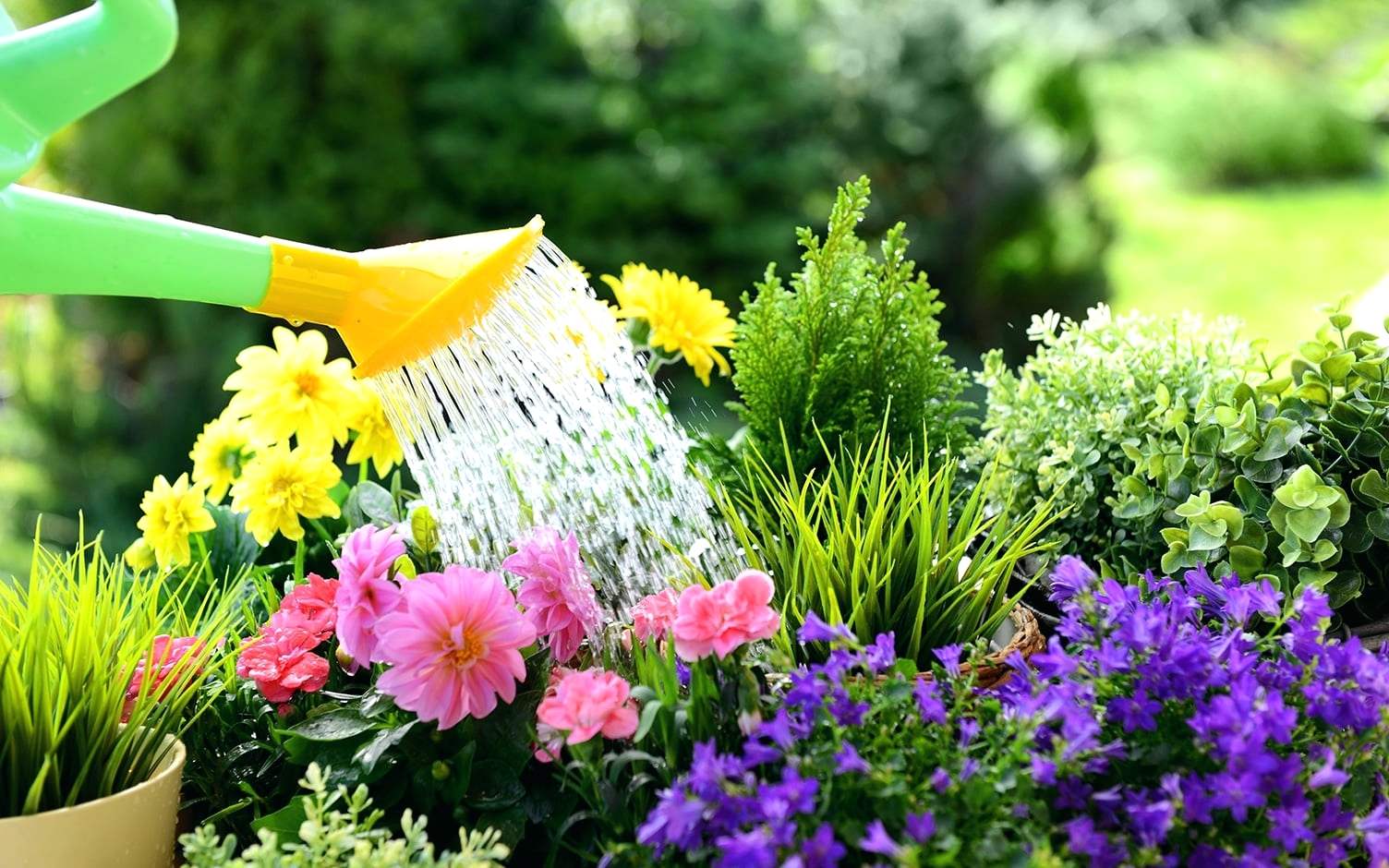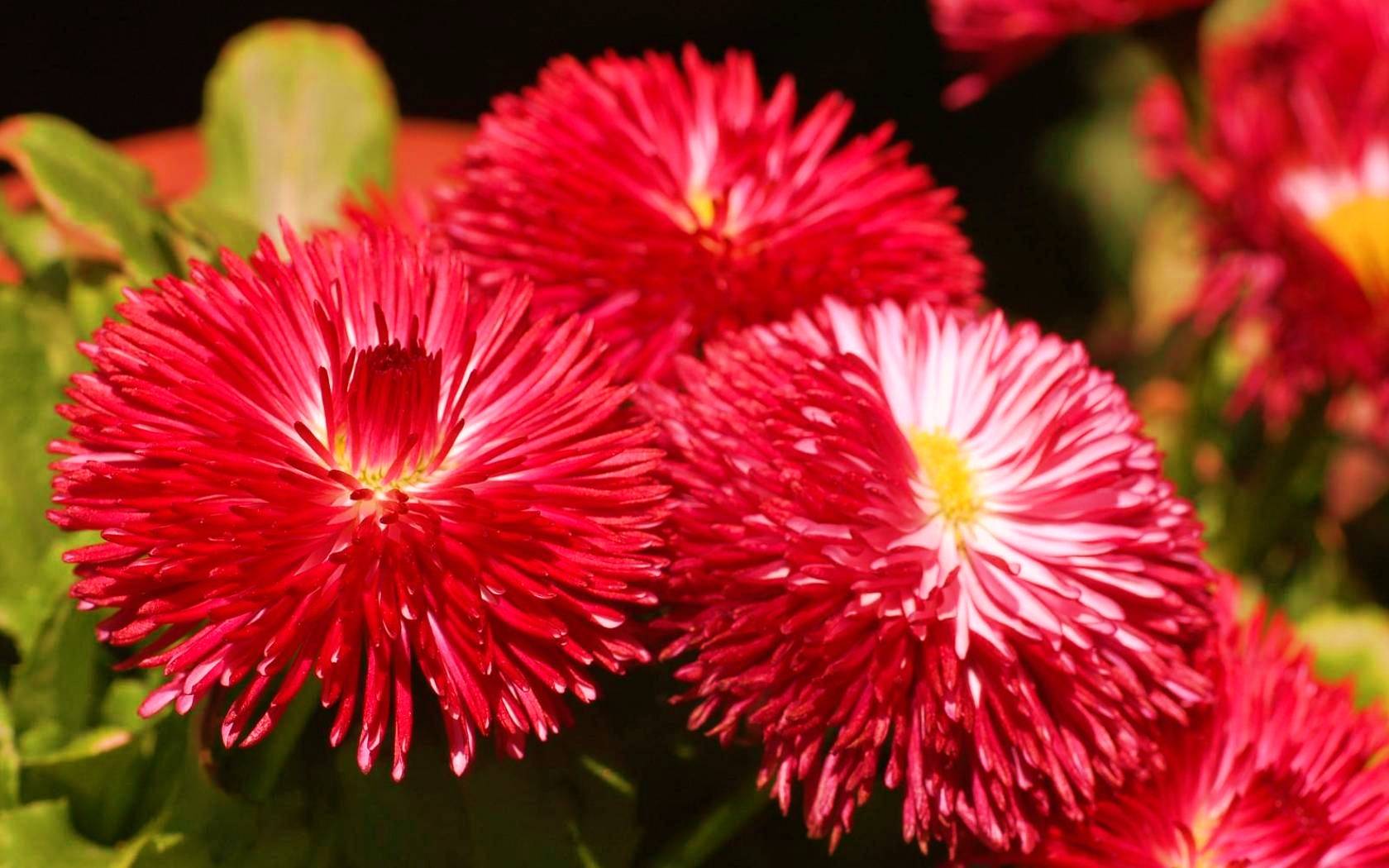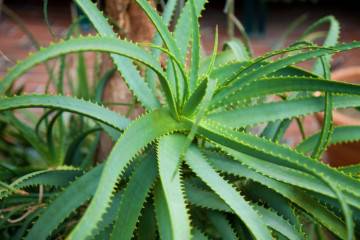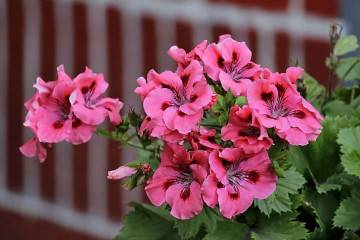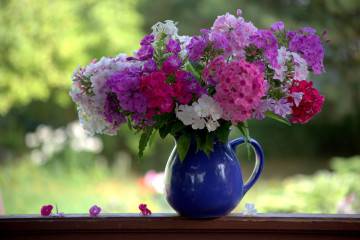Diseases of asters
Content:
Asters attract with their unpretentiousness and the fact that their flowering period lasts from July to late autumn. In summer cottages, asters decorate flower beds. They are often chosen for curbs and balconies.
Brief characteristics of the plant
Low-growing aster (Aster) is a herbaceous perennial or annual plant of the Astrov family. Translated from Latin, it sounds like a "star", according to its appearance. The birthplace of the flower is Central and North America.
Breeders have bred many varieties of asters, different in color and shape. The inflorescence tones are always saturated. Forms can be needle-like, terry, peony, or they can resemble pom-poms.
Symptoms of flower diseases
Asters are susceptible to disease. It is possible to determine that the plant is sick by various symptoms. For example, yellowing of the leaves is visible. Yellowness can appear with fusarium wilting, rust, jaundice.
Rolling leaves is a symptom of basically the same disease of asters - fusarium.
If spots appear on the leaves, this is also a sign of a disease that is called septoria or brown spot.
Many other symptoms indicate the presence of pests or fungal diseases such as fusarium, in which the root system dries up.
They get rid of problems in different ways. In the early stages, flowers are treated. If the situation is running, the damaged plants are removed and transplanted to other points.
Asters: fighting dangerous diseases
Why should you buy products from domestic suppliers? This increases the chances of growing beautiful, healthy flowers. Imported products may not be suitable for climatic conditions, soil condition. However, diseases can also threaten domestic species. The following diseases of asters are known that gardeners have to deal with:
Jaundice
Viral disease. It is dangerous because it can quickly spread from an infected plant to healthy plantings. Carriers - infested weeds, garden pests in the form of cicadas, aphids.
The disease is recognized by pronounced signs:
- the color of foliage and shoots changes. It becomes pale green, faded, then a yellow bloom appears;
- there is an accelerated growth of bushes and the appearance of a large number of shoots. The main stem, on the contrary, grows slowly;
- numerous buds appear, which give deformed flowers, acquiring a greenish tint over time;
- leaves with jaundice are hard and fragile. They quickly discolor, become dry curled. As a result, the color falls off.
Blackleg
Fungal disease. Threatens mainly young seedlings. When infected, they turn black. The neck of the stem rots in the lower section at the base. The plant exudes and dies.
The fight against the disease is carried out in the form of timely planting of seedlings in pots with disinfected soil. Sick seedlings are watered weekly with a solution of potassium permanganate, sprayed with onion infusion. As a preventive measure, regular inspections of plants are carried out, the removal of infected species.
Rust of asters
This disease is caused by special fungi. Coniferous trees become the sources of their falling on flowers. The lower surface of the foliage is covered with pustules (swellings), in which spores then accumulate. After the blisters burst, brown powder pours out of them, infecting the soil. Withering, drying and falling of leaves occurs.
Planting asters away from conifers will help prevent rust. In diseased plants, the affected foliage is cut off. A weekly spraying and watering of the soil with a fungicide solution is carried out. The treatment process is carried out until the flowers recover.
Bacterial spot
Such a disease is classified as particularly dangerous. Sources of infection live in the soil, in the remaining parts of not completely destroyed plants, seeds. Bacteria are dangerous because they are not afraid of even severe frosts.
You can identify bacterial spotting by the following signs:
- aster leaves are covered with yellow and brown spots, reaching two centimeters in diameter;
- further development of the disease is accompanied by rapid drying and leaf fall.
The fight against the disease is as follows:
- having found the first symptoms of the disease, the plant is provided with a dry environment. Bacterial spotting can occur due to oversaturation of the soil with moisture;
- the soil is disinfected with potassium permanganate;
- the bushes are treated with copper sulfate. The solution is treated 3-4 times every three weeks.
Fusarium wilting
The disease is caused by the fungus fusarium. There is a rapid development of the disease, which is very difficult to treat. The roots are affected, the plant begins to rot. Having discovered fusarium aster, how to deal with it? - if the flowers have a late stage of the disease, they are destroyed. In the early stages, they resort to spraying with a fungicide.
Gray rot
Refers to a bacterial disease. It affects leaves, stems, flowers. It all starts with the appearance of brown spots without edges, and ends with the appearance of a smoky bloom.
The main pests, methods of dealing with them
Home aster can avoid the disease due to improved living conditions. In addition to diseases, garden species are constantly threatened by various pests.
Spider mite
Insect pest representative of the spider family. It is not difficult to notice it. In clusters, it forms yellowish-green, red or orange dots on the leaves. Although the length of one insect is one millimeter.
Ticks settle on the underside of the foliage, sucking the juices out of it, covering the hatched places with cobwebs.
Mites are destroyed by pollination of plants. For this, ground sulfur is used. You can spray the bushes with a solution of karbofos, having previously studied the instructions.
Common earwig
This pest belongs to the leatherwing family. It has an oblong brown body. The earwig is 12-17 millimeters long. You can also spot an insect by its long mustache.
The harm caused by this type of pest consists in gnawing leaves, stems, buds and flowers. Asters captured by an ordinary earwig, receiving severe damage, lose their decorative effect. In some cases, the plants die.
They fight earwigs by removing weeds and loosening the soil. In addition, the bushes are watered with potassium permanganate and sprayed with insecticide.Such processes are performed several times a month.
Aster blizzard
She flies around flowers. It looks like a small light butterfly with dots on its wings. The caterpillars from which these butterflies are made eat the flower petals.
They act as follows against the aster snowstorm. Before planting flowers, the soil is cultivated with Bazudin. Pests that have already appeared are removed manually.
Aphid kidney
This pest likes young asters. Its presence can be seen by deformed leaves of plants, wrinkled surface of leaves, falling off.
They destroy the bud aphid by spraying the bushes with karbofos three times.
Plowed slug
Naked gastropods. It has a smooth grayish-yellow body. The length of the garden pest is 5 centimeters. He loves to eat foliage and flowers. It spreads most strongly in warm and humid weather.
Slobbering penny
For habitation, it chooses foamy secretions that form the axils of shoots and leaves. Deformation of stems and leaves occurs, on the surface of which additional yellow spots appear.
Pest control methods include spraying and treating the bushes with the compositions indicated in the examples of other pests.
Aphid helihrix
Deforms the leaves of flowers, harms the sprout buds and often peduncles.
Having found aphids on asters, the plants are sprayed with karbofos or depis. You can also help with chlorophos. For processing, choose early spring, when the plant only has foliage and its number is few (about 4 leaves).
Disease prevention and proper care
Aster diseases and their treatment are an inevitable phenomenon if proper plant care is not followed.
Prevention, which allows you to prevent flower diseases, provides for the observance of simple conditions of care. This includes the following factors.
- Temperature.
Wherever aster is grown, in greenhouses, at home or in an open area, the optimum temperature for flowers is +18 degrees. You can maintain the temperature at home using a fan or air conditioner. A ventilation system can be installed in greenhouses;
Asters are not afraid of low temperatures. Flowers will not be affected even at temperatures as low as -7 degrees Celsius. Therefore, there is no need to maintain a specific temperature.
- Lighting.
The normal development of asters requires that they be exposed to sunlight for at least 3-4 hours a day. Artificial lighting is arranged at home during the cold season;
- Watering.
Flowers need moisture. They need systemic watering. This is especially important to take into account during the period when the buds are tied. Dry soil will negatively affect flower growth. At the same time, oversaturation with moisture will equally negatively affect plants.
In garden plots, garden hoses and sprayers, watering cans are used for irrigation. In addition, spray guns are used.
- Spraying.
It is carried out in order to rid plants of various pests and diseases. Various preparations are used that are safe for the flowers themselves and at the same time kill the sources of diseases.
- Humidity.
It plays an important role in the growth and development of flowers. The land on which the asters are planted should receive enough moisture and at the same time not be oversaturated with water. Asters do not get along well on swampy soils.
- Priming.
It is better to plant asters in areas where there is fertile soil with neutral acidity. This type of flowers does not accept heavy soil. Preference is given to light fertile soils (neutral or slightly alkaline).
- Top dressing.
During the season, feeding should be done several times:
- complex fertilizer is resorted to fifteen days after the seedlings take root;
- when buds appear, ammonium nitrate is used or they resort to complex fertilizer with nitrogen;
- when buds are ready to bloom, use mineral fertilizers.
- during flowering, a mixture containing phosphorus, potassium, wood ash is used.
In conclusion, we can say that asters are bright beautiful flowers. They can become a real decoration of the garden, flower garden. To admire their beauty every year, you need to make a little effort, to master the rules for caring for flowers.



